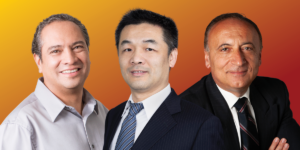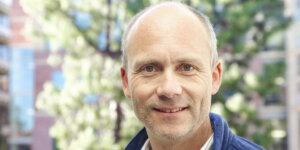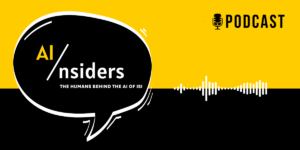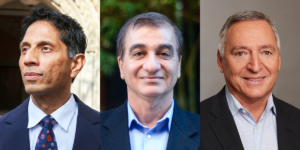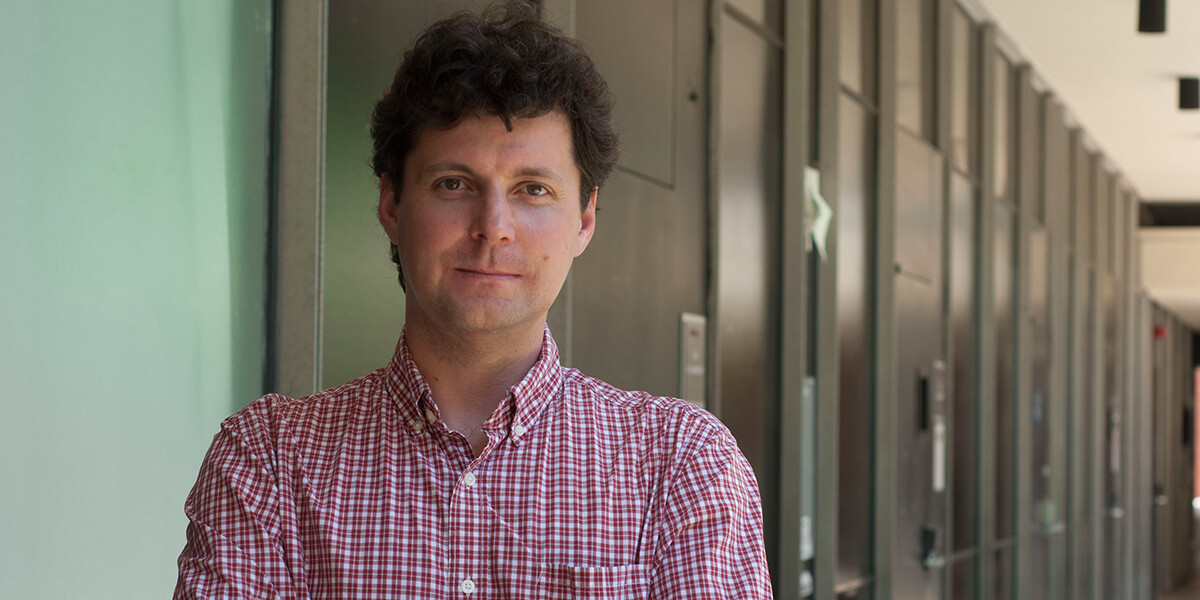
Paul Bogdan of the Ming Hsieh Department of Electrical Engineering. (Photo/ Daniel Druhora)
Paul Bogdan, the Jack Munushian Early Career Chair and associate professor of Electrical and Computer Engineering, has joined an international team of scientists, engineers and educators who will research nanotechnology as part of a new center funded by the National Science Foundation.
The founding of the Center for Complex Particle Systems (COMPASS), led by the University of Michigan, was announced by the NSF Thursday. COMPASS is one of four new Science and Technology Centers (STCs) established by the foundation.
The members of the COMPASS team reflect the institution’s interdisciplinary approach. “Understanding and designing complex systems requires a diversity of knowledge, skills, and ideas. COMPASS brings researchers from physics, chemistry, mechanical engineering, materials science and engineering, and applied math together with seven Michigan chemical engineering faculty to develop this new class of materials,” said Sharon Glotzer of Michigan.
Bogdan said his contributions to the project will involve “developing novel graph theory, network science, machine learning and artificial intelligence techniques for describing particle and particle systems, while accounting for their complex shapes and interactions.” He added that he will collaborate with Albert Barabasi of Northeastern University and Mark Newman of Michigan, “two of the fathers of network science.”
According to UM Engineering, one of the major technological goals of COMPASS is to find inspiration in nature’s ability to ladder up from the tiniest particles to larger materials and eventually complex systems. “In living creatures, very few structures have just one job. If we want to do more with less—less energy, less material and less waste—we need to learn how to do the same,” said the university’s Nicholas Kotov.
Considering the properties of various nanoparticles – elasticity, toughness, density and conductivity among them – the research has many potential applications, the organizers say. Scientists could work with industry to identify materials that are strong and lightweight for use in aviation. Other matter might be porous enough to be used in chemical storage or filtration.
U.S. university partners, besides Michigan and USC, include the University of Illinois Urbana-Champaign, Chicago State University and Northeastern University. Industry partners include Ford, Toyota, Boeing, Airbus and Dow Chemical Company as well as the manufacturing organizations LIFT and America Makes. USC Viterbi Dean Yannis C. Yortsos is on the center’s advisory committee.
The center has a strong focus on social equity and global impact. One feature is outreach to local high schools to find scientific talent in historically excluded communities. Students from partner schools can get involved through three programs: Kids Who Code, Hands-On Research Experience in Summer, and the Ross Summer Business Academy. These will be available across all of the U.S. university campuses participating in the center, with a focus on recruiting from Detroit, Chicago and Los Angeles.
The center will also invest in African talent to help develop the next wave of industry on the continent. The center will create new partnerships with the Botswana Institute of Technology, the University of Mauritius, and University Cheikh Anta Diop of Dakar.
COMPASS also will actively recruit veterans of the U.S. armed forces for entrepreneurial fellowships.
The other three entities created by the NSF funding are:
- The Science and Technology Center for Quantitative Cell Biology (QCB), led by researchers from the University of Illinois Urbana-Champaign; Harvard Medical School; and the J. Craig Venter Institute.
- The New Frontiers of Sound Science and Technology Center, led by researchers from the University of Arizona; California Institute of Technology (Caltech); The City University of New York; the Georgia Institute of Technology; University of Alaska Fairbanks; UCLA; University of Colorado Boulder; Wayne State University; and Spelman College.
- The Center for Braiding Indigenous Knowledges and Science, led by a team of researchers from the University of Massachusetts Amherst; Northern Arizona University; University of Maine; University of California, Santa Cruz; University of Washington; Montana State University; Western Washington University; Huliauapaʻa; Alaska Pacific University; New York University; College of Menominee Nation; University of Michigan; Gedakina; and SUNY College of Environmental Science and Forestry.
Published on September 21st, 2023
Last updated on May 16th, 2024




